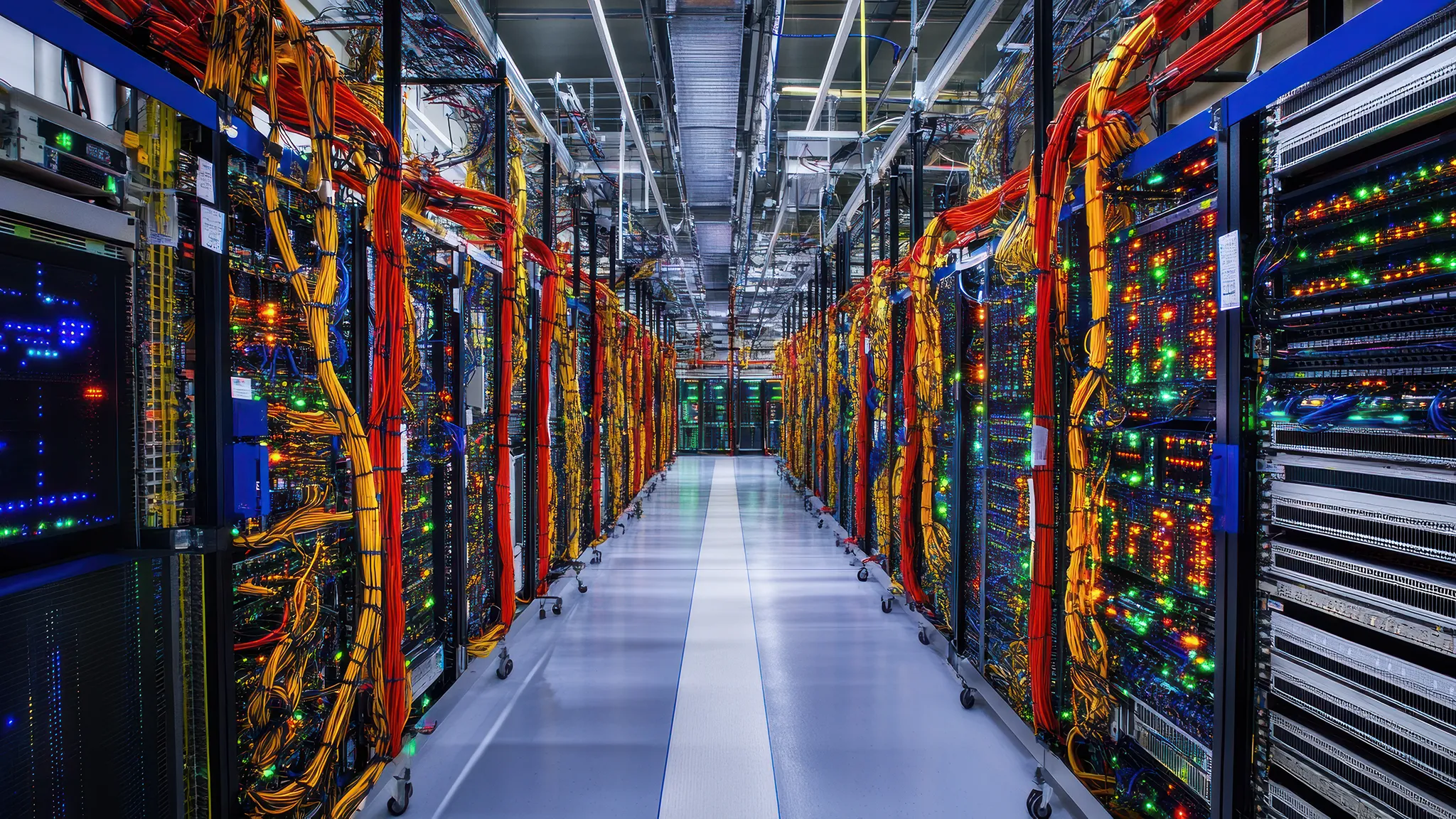Artificial intelligence (AI) is rapidly changing the world, and while Indian bourses may lack specific AI companies, the ripple effects of this technology present significant opportunities in traditional sectors, particularly energy. The massive data and processing power required for AI are driving an unprecedented surge in demand for electricity, positioning India’s power sector at the forefront of this technological shift.
Surging Power Needs for AI
Data centres, the backbone of AI deployment, are power-hungry entities. The International Energy Agency projects a near doubling of data centre power usage globally by 2026 compared to 2022. This exponential growth is so substantial that analysts at Jefferies suggest it could reverse the trend of plateauing electricity demand in developed economies like the US and Europe. In India, where electricity demand is already robust, the proliferation of data centres will only intensify this trend. Computing and cooling alone account for 80 percent of a data centre’s electricity consumption, according to the IEA, highlighting the immense scale of energy required.
Investment in Power Infrastructure
This escalating demand necessitates substantial investment across the entire power value chain in India. From electricity generation to transmission and distribution (T&D) infrastructure, the need for upgrades and expansions is critical. Analysts at Jefferies India estimate that around 30 percent of data centre capital expenditure is allocated to power equipment like substations and transformers. This presents a considerable business opportunity for companies in the capital expenditure and power sectors. The emphasis should be on expanding green energy sources such as solar, wind, and nuclear power to meet this demand sustainably. Nuclear power, in particular, offers a reliable, zero-emission option for round-the-clock power supply, crucial for data centres.
Regulatory Oversight in Finance
While the energy sector gears up for growth, the financial sector, which funds these developments, faces its own set of challenges. The recent RBI audit of IIFL Finance and the subsequent embargo on fresh gold loans highlight the increasing regulatory scrutiny in the non-banking financial company (NBFC) space. Although IIFL Finance has enhanced its compliance and controls, the incident serves as a reminder of the importance of robust risk management, especially in sensitive sectors like gold loans. Such regulatory actions, while impacting short-term profitability as seen in IIFL Finance’s 10 per cent profit decline in the March quarter, are essential for long-term stability and investor confidence.
India stands at a crucial juncture. The AI revolution presents a golden opportunity to propel economic growth, but it is intrinsically linked to a robust and sustainable power infrastructure. Investments in green energy and grid modernisation, coupled with vigilant regulatory practices in finance, will be vital to harness the full potential of AI and ensure a powered-up future for the nation.
What does this mean for investors? Focus should be on companies in the power and infrastructure sectors, especially those aligned with green energy initiatives. However, it is equally important to monitor regulatory developments in the financial sector to gauge the overall investment climate.










Leave a Reply